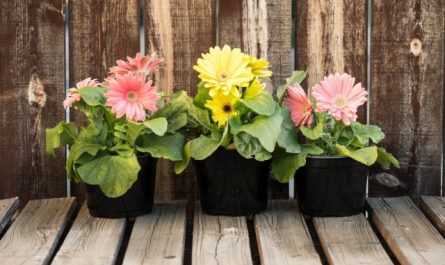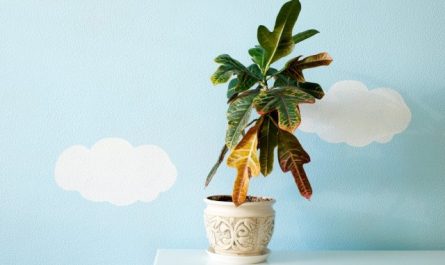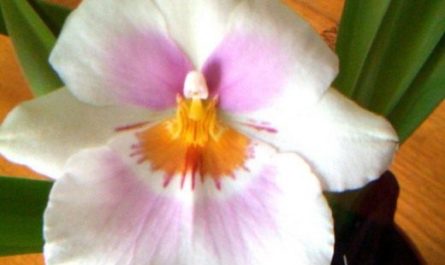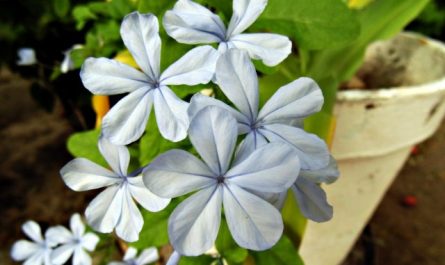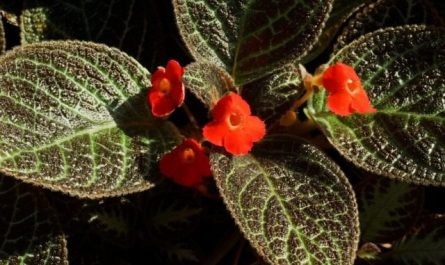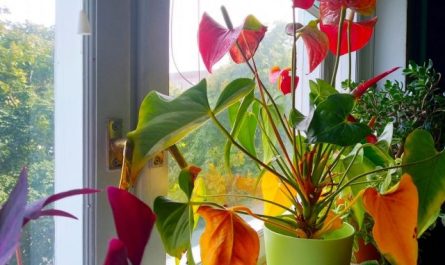An unpretentious houseplant is one of the easiest ways to bring a little more life into your space and update the interior. Whether it is a succulent on the windowsill or a ficus in the corner of the hall, houseplants add color and personality. We will talk about the best of the best, but at the same time decorative houseplants.

Philodendrons
Known for being easy to grow, Philodendrons will thrive indoors if given adequate light and water. They prefer indirect light and will grow in average room temperatures, making them easy to care for.

There are many different types of philodendrons to choose from.:
- Birkina,
- cordifolia,
- Imperial green philodendron and others.
While each variety has a few differences in care, they are all fairly easy to maintain, making them ideal houseplants even for beginners.
Epipremnum
Epipremnum is one of the easiest houseplants to grow. This tropical vine comes in a variety of foliage colors and patterns. The heart-shaped leaves can be green, marbled, or yellow. Epipremnum is easy to trim, keeping it compact. Or you can let it hang from hanging baskets or train it up vertical supports.

Epipremnum is easy to grow, as it only requires indirect sunlight and infrequent watering. At the same time, the plant is aesthetically pleasing, which will give you a feeling of comfort. With minimal care, they can instantly lift your mood and bring a piece of nature into your home.
Dieffenbachia
Dieffenbachia is a luxurious addition to any plant collection. Relatively low-maintenance, the plant only needs a dusting every month to prevent pests and keep the foliage shiny. Provide partial sun and water every 10 days or so for best results.

Zamioculcas
The naturally shiny leaves of the Zamioculcas zamiifolia do not require much effort to maintain an attractive appearance. Just wipe them from dust with a damp cloth (spraying the leaves can damage the foliage). What is important is that the plant feels good in partial shade. This allows you to place them not only on the windowsill, but also in the back of the room.

The popular name of the flower is “dollar tree”, it is believed that, like the fat woman, it brings prosperity to the house. However, keep in mind that all parts of the plant are poisonous, so keep them away from children and pets.
Zamioculcas store water in their semi-succulent stems, so watering is only required once every couple of weeks. However, overwatering can cause more damage. Do not allow the soil to remain damp for long periods of time.
Geogenanthus
This purple plant boasts glossy, thick leaves similar to the rubber plant. The round leaves of the geogenanthus are slightly purple, perfect for standing out from the uniform green of other houseplants. The geogenanthus is easy to care for: it likes indirect light and minimal watering only when the soil is completely dry.

Aglaonema
Aglaonema is very easy to care for. At the same time, plants with darker green leaves can tolerate less light, while variegated varieties prefer brighter lighting. On average, the flower will live for about 20 years without requiring special attention.

Keep the soil evenly moist but not soggy. Reduce watering in winter when plant growth slows. Wilted leaves indicate under-watering, while over-watering causes stem or root rot.
Aglaonema has some exciting new varieties, including pink-leaved varieties, that are definitely worth considering when choosing colorful yet practical plants.
Lavr the Noble
Bay laurel (Laurus nobilis) leaves are green and glossy all year round. Even in the dead of winter, this tree will provide a wonderful patch of greenery in your home. Laurel is famous for being low maintenance and loves to grow in a pot as well as in the ground. But best of all, imagine being able to pick your own culinary bay leaves straight from the tree!

Hypoestes
Hypoestes phyllostachya is a charming little foliage plant with cheerful pink speckles on dark green leaves. There are also varieties with white and red dots. Pinch out the stems of very tall or leggy plants to encourage a bushier habit.

When watering, keep the soil consistently moist but not soggy. Too little water will cause the leaves to wilt. For good growth, apply a liquid fertilizer for ornamental foliage plants every two weeks from early spring to late summer.
Succulents and cacti
Succulents and cacti are great for those who forget to water their plants or want some low-maintenance greenery. They are absolutely adorable and come in a variety of fun shapes and sizes to brighten up your space.

Not only are succulents beautiful, aloe vera leaves in particular have medicinal properties and can help heal cuts, burns and other skin conditions.
Because these plants are drought-tolerant, they truly are the epitome of a stress-free flower. And they allow us to feel closer to nature when the oasis isn’t right outside our door. What to remember about these cute little plants? Use well-draining soil and water sparingly. Overwatering is the number one killer of succulents and cacti.
Chlorophytum
Chlorophytum (Chlorophytum comosum) can be called one of the easiest flowers to grow. They feel great even without care, grow in various conditions and tolerate low light.

These plants have narrow, often striped leaves and are famous for their tiny shoots that hang down on long stems, giving them a vaguely spider-like appearance. Think of these shoots as a bonus. They make propagation effortless – just separate and plant them individually.
Spathiphyllum
Although this plant is sensitive to drought and excessive heat, it is very simple, robust and low maintenance. Since Spathiphyllum, or peace lilies, prefer indirect, low to medium light, they are ideal for shady areas.

They will let you know when they need attention right away: they will let you know that they need water by wilting slightly. Peace lilies can live for years and produce flowers wrapped in a white blanket continuously. Just keep them out of reach of pets and small children. Any part of the plant can cause vomiting or swelling of the tongue if swallowed.
Spices
Small pots of herbs not only look cute in your kitchen, but they will inspire you to cook more often and eat healthier. Growing your own basil, parsley, or mint is also cheaper than buying herbs at the grocery store.

Some herbs, such as chamomile and lavender, can reduce anxiety when brewed into tea. Herbs also contain vitamins, minerals, and antioxidants, so they can enrich your diet.
Kalanchoe Degremona
A succulent plant up to 1 meter high, fleshy, with a waxy coating. Kalanchoe daigremontiana is characterized by the presence of daughter plants on the underside of the leaves.
Kalanchoe has an indefinite flowering period and may bloom once or not at all in its entire life. The flowers are divided into four parts with eight stamens. The petals are fused into a tube and are located at the ends of the stems.

This species, endemic to the island of Madagascar, is easy to care for and requires minimal watering. It prefers to grow on loose, rocky soils with high permeability, so when watering, excessive waterlogging should be avoided.
The cultivation of Kalanchoe is mainly associated with its medicinal properties. It is used for dysmenorrhea, gastric problems and disorders of the central nervous system (anxiety, mental agitation and anxiety). There is evidence of the plant’s antitumor activity.
When applied externally, Kalanchoe juice cleanses wounds from pus, accelerates healing processes, and normalizes microcirculation. In this regard, it is used for purulent wounds, trophic ulcers, burns, bedsores, stomatitis, and gingivitis.

